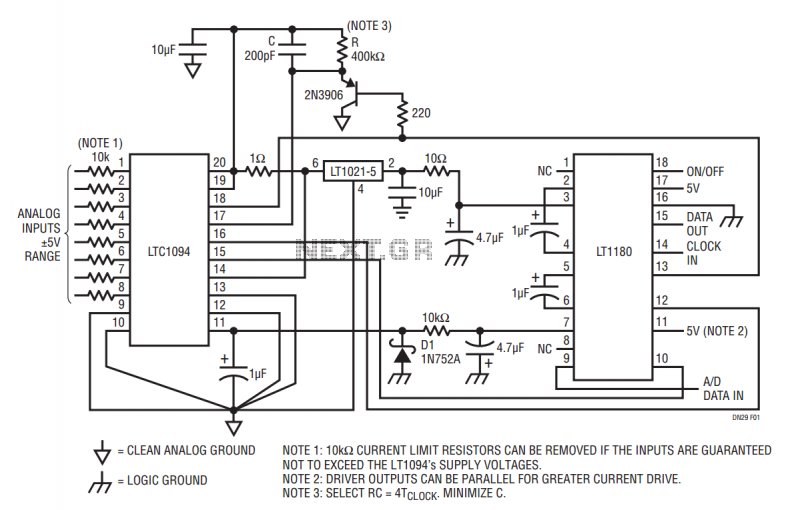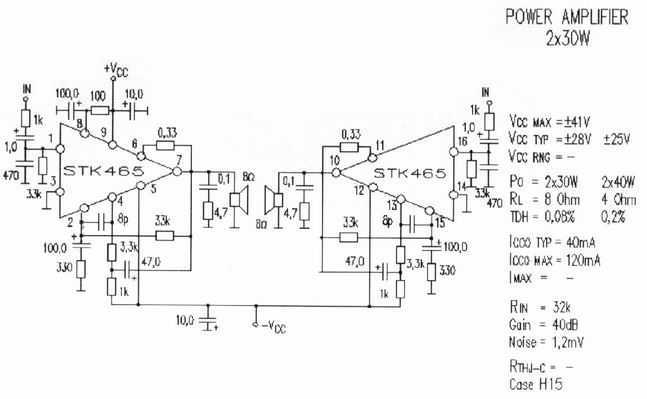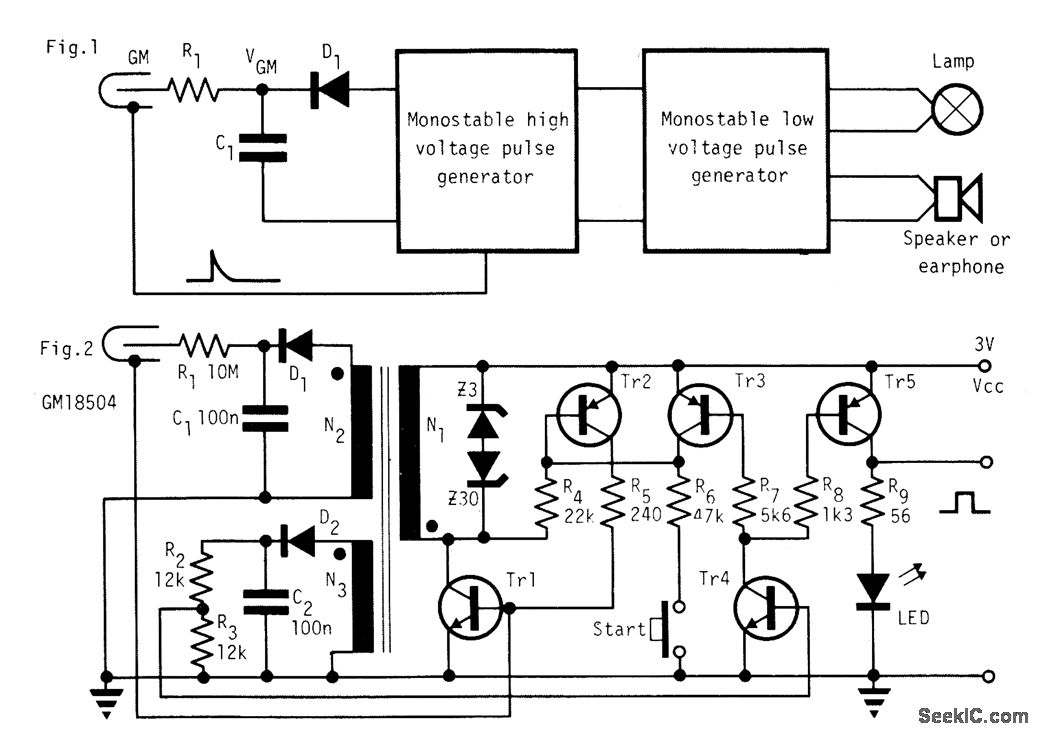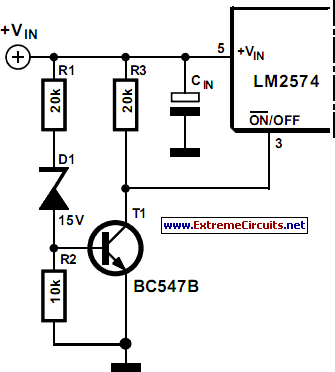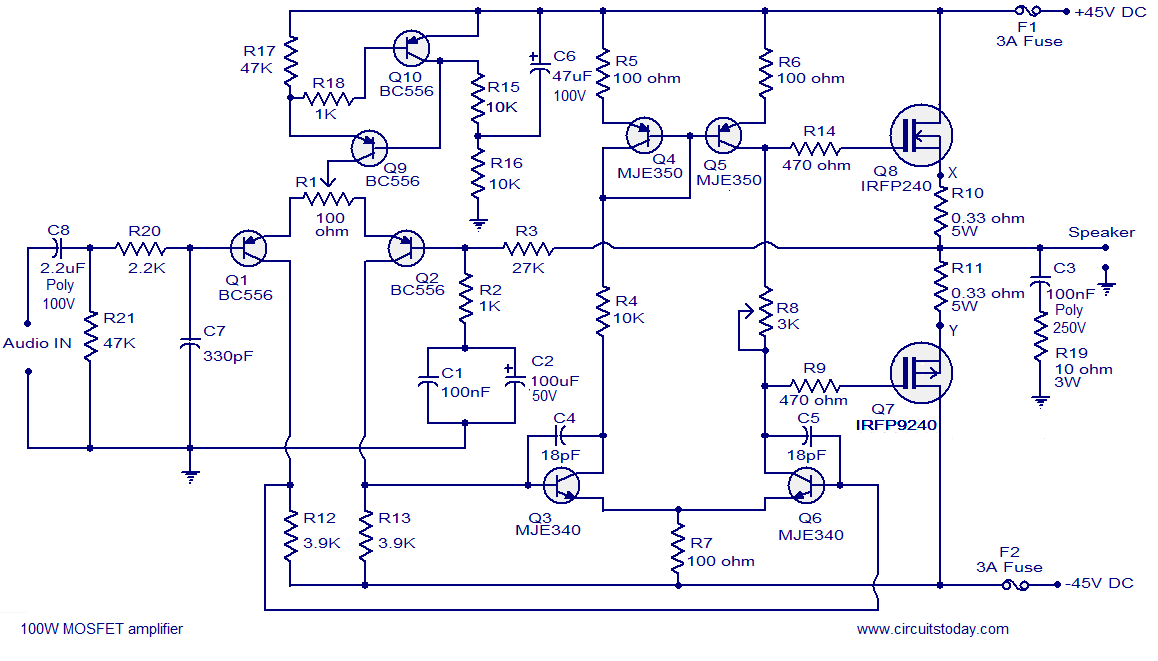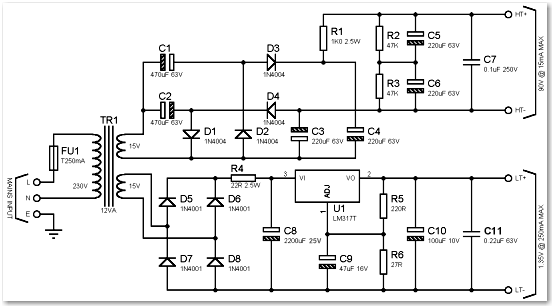
Power Supply For Amplifiers
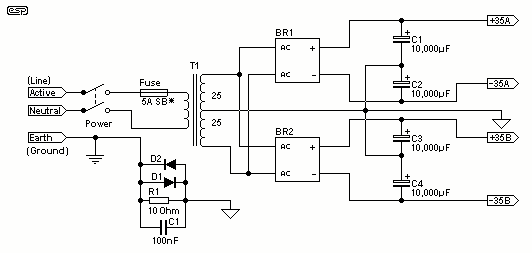
For the 60W amplifier, a nominal (full load) supply of +/- 35V is required, so a 25-0-25 secondary is ideal - however, see Updates, below. The circuit for the supply is shown below, and uses separate rectifiers, capacitors and fuses for each channel. Only the transformer is shared, so channel interactions are minimized. A single ±35V supply (i.e. using only a single bridge and set of filter capacitors) will work just as well in the majority of cases.
The power supply design for a 60W amplifier requires careful consideration of the voltage and current ratings to ensure optimal performance. The nominal supply voltage of +/- 35V is essential for delivering the required output power without distortion. A transformer with a secondary rating of 25-0-25V is recommended, allowing for adequate voltage headroom when rectified and filtered.
The schematic for the power supply features a dual-rail configuration, utilizing separate full-wave rectifier circuits for each channel. This design choice minimizes crosstalk and interference between the left and right audio channels, which is crucial for high-fidelity audio applications. Each channel is equipped with its own rectifier diode bridge, which converts the AC voltage from the transformer to DC voltage. The use of separate capacitors for filtering further smooths the rectified output, providing stable DC voltage to the amplifier circuits.
Additionally, fuses are incorporated into the design for each channel, serving as a protective measure against overcurrent conditions. This enhances the reliability of the amplifier by preventing damage to the components in the event of a fault.
In cases where space or component count is a concern, a single ±35V supply can be implemented using a single bridge rectifier and a shared set of filter capacitors. This configuration is often sufficient for many applications, simplifying the design while still delivering adequate power to the amplifier.
Overall, the power supply circuit for the 60W amplifier is designed to ensure efficient operation, minimal interference, and robust protection for the audio channels, contributing to high-quality audio performance.For the 60W amplifier, a nominal (full load) supply of +/- 35V is required, so a 25-0-25 secondary is ideal - however, see Updates, below. The circuit for the supply is shown below, and uses separate rectifiers, capacitors and fuses for each channel.
Only the transformer is shared, so channel interactions are minimised. A single ±35V supply (i.e. using only a single bridge and set of filter capacitors) will work just as well in the majority of cases. 🔗 External reference
The power supply design for a 60W amplifier requires careful consideration of the voltage and current ratings to ensure optimal performance. The nominal supply voltage of +/- 35V is essential for delivering the required output power without distortion. A transformer with a secondary rating of 25-0-25V is recommended, allowing for adequate voltage headroom when rectified and filtered.
The schematic for the power supply features a dual-rail configuration, utilizing separate full-wave rectifier circuits for each channel. This design choice minimizes crosstalk and interference between the left and right audio channels, which is crucial for high-fidelity audio applications. Each channel is equipped with its own rectifier diode bridge, which converts the AC voltage from the transformer to DC voltage. The use of separate capacitors for filtering further smooths the rectified output, providing stable DC voltage to the amplifier circuits.
Additionally, fuses are incorporated into the design for each channel, serving as a protective measure against overcurrent conditions. This enhances the reliability of the amplifier by preventing damage to the components in the event of a fault.
In cases where space or component count is a concern, a single ±35V supply can be implemented using a single bridge rectifier and a shared set of filter capacitors. This configuration is often sufficient for many applications, simplifying the design while still delivering adequate power to the amplifier.
Overall, the power supply circuit for the 60W amplifier is designed to ensure efficient operation, minimal interference, and robust protection for the audio channels, contributing to high-quality audio performance.For the 60W amplifier, a nominal (full load) supply of +/- 35V is required, so a 25-0-25 secondary is ideal - however, see Updates, below. The circuit for the supply is shown below, and uses separate rectifiers, capacitors and fuses for each channel.
Only the transformer is shared, so channel interactions are minimised. A single ±35V supply (i.e. using only a single bridge and set of filter capacitors) will work just as well in the majority of cases. 🔗 External reference
Warning: include(partials/cookie-banner.php): Failed to open stream: Permission denied in /var/www/html/nextgr/view-circuit.php on line 713
Warning: include(): Failed opening 'partials/cookie-banner.php' for inclusion (include_path='.:/usr/share/php') in /var/www/html/nextgr/view-circuit.php on line 713
